We use cookies to make your experience better. To comply with the new e-Privacy directive, we need to ask for your consent to set the cookies. Learn more
Team roping - A partnership between Header and Heeler
Team roping's origin come from cowboys returning wayward steers back to the herd. Steers not being the most cooperative of animals, if often ended with a cowboy at each end roping the animal and hauling them off to where they belonged.
In a team penning competition, A steer is released ahead of the cowboys, the 'header' on the left and the 'heeler' following on the right. Once the header ropes the horns or neck, the heeler lassos the hind legs, the horses stand square on either side and the scoring happens. The score is based on the clock and the skill at roping. It's a fun, fast-paced, and enjoyable sport to watch and in which to participate.
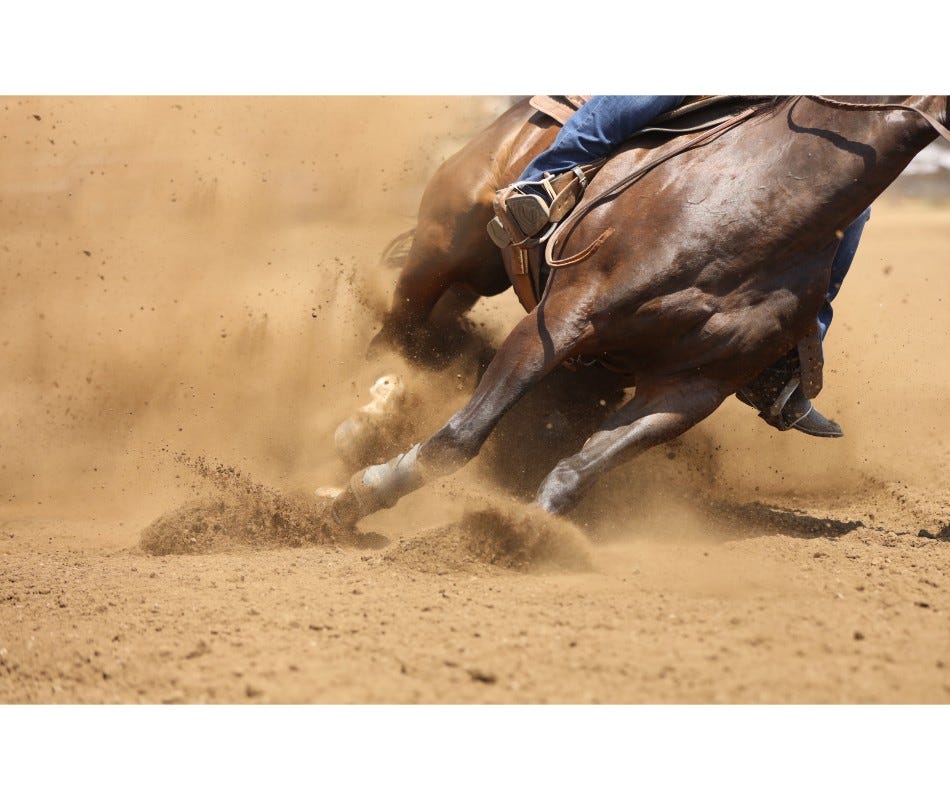
Challenges of Team Roping
Your horses are your partners in this event. Both horses need to be swift off the gate, but not early as a major penalty is assigned if the header breaks out before the steer crossing the designated distance from the chute. A header's horse needs to be kept relaxed and ready. The header needs to get his horse lined up with the steer's hind legs, so he's in the best position for roping.
The heeler's horse also needs to be kept at the ready, but the heeler has to be super careful about not giving false cues and getting his horse to turn early. Trying to keep your horse from anticipating the roping is just one of the challenges.
It's hours upon hours of practice that teach the cowboys how to rope for team roping. Ropers develop a great sense of where the loop will make contact with the steer. For headers, it can be anywhere from the centre of the steer's head to the left horn. You want to ensure it veers towards your heeler, not away.
Heelers focus on the right read leg, about midway from the hoof to the shank. The talents ropers keep the beat of their lasso spin in time with the steer's stride. Even if you can't manage that yet, you want to keep your tempo even, and firm, changing it will confuse your horse.
The importance of the Steer
The final factor is the steer. Steers come in a wide variation of shapes, temperaments, sizes and ages. Success with one steer, unfortunately, doesn't guarantee success with another. Some are faster, some are slower, some are more agile and skilled at evasion, and some cattle are draggers; they like to hit the ground when they're roped. The last, the draggers, have to be dragged into position which will eat up time on the clock and add to your final time. Experience and lots and lots of practice is what teaches you how to handle the various types and styles of steers.
Whether you're just starting out or have been team roping for years, your horse is your partner


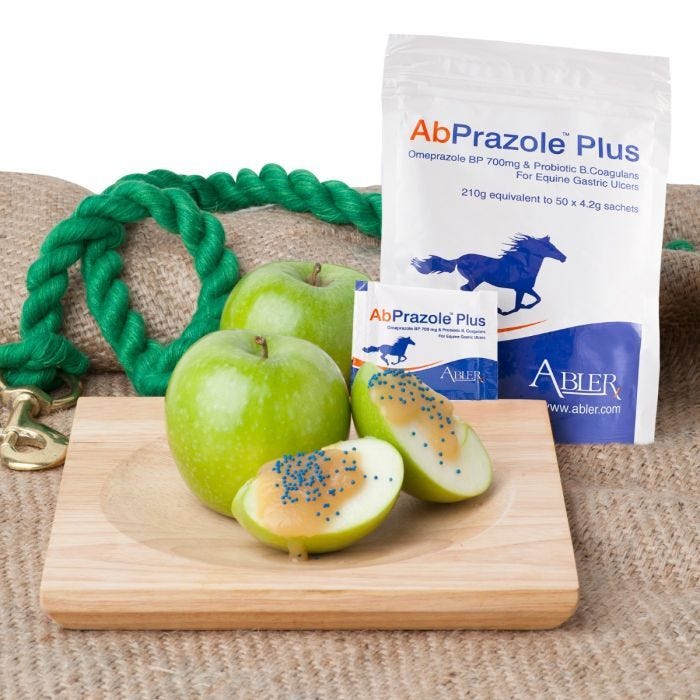
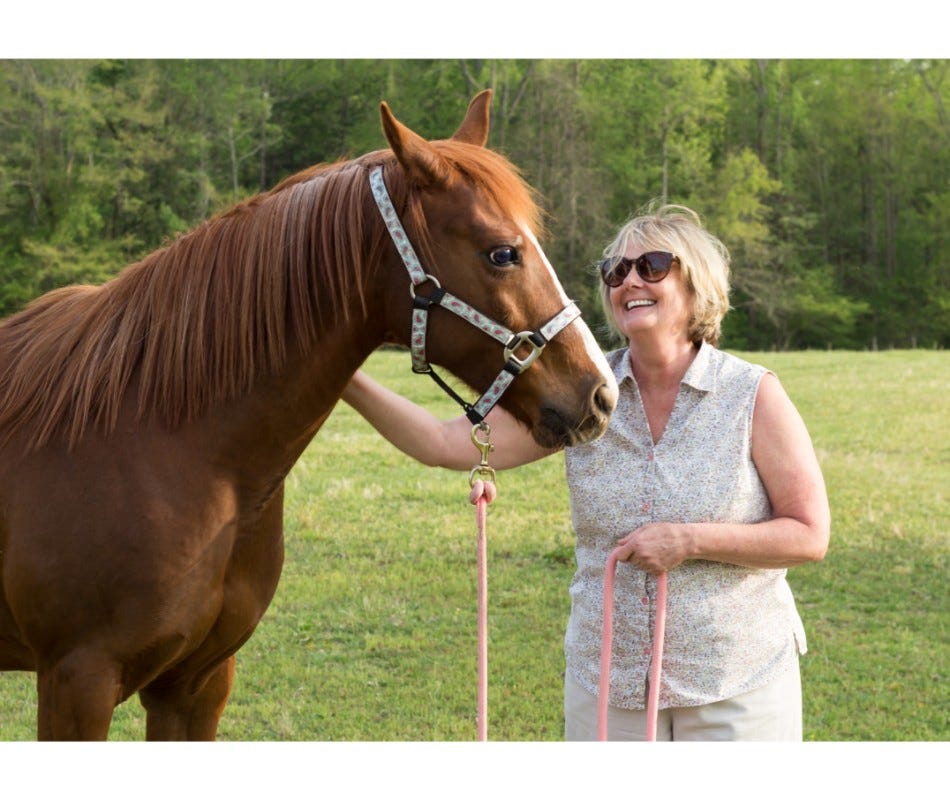
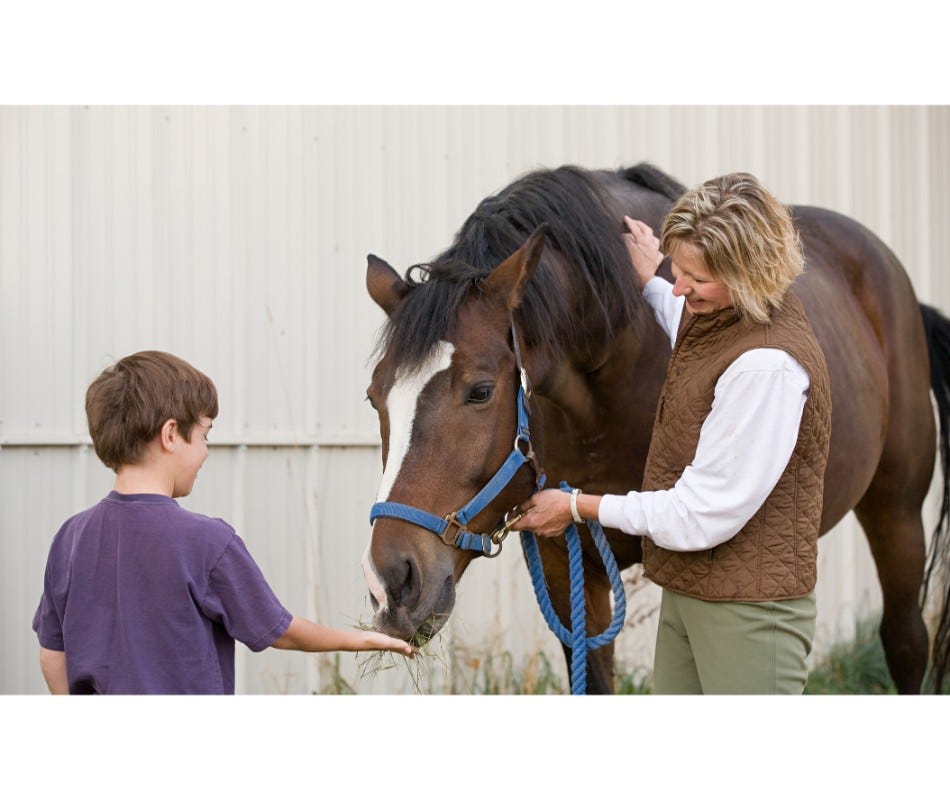
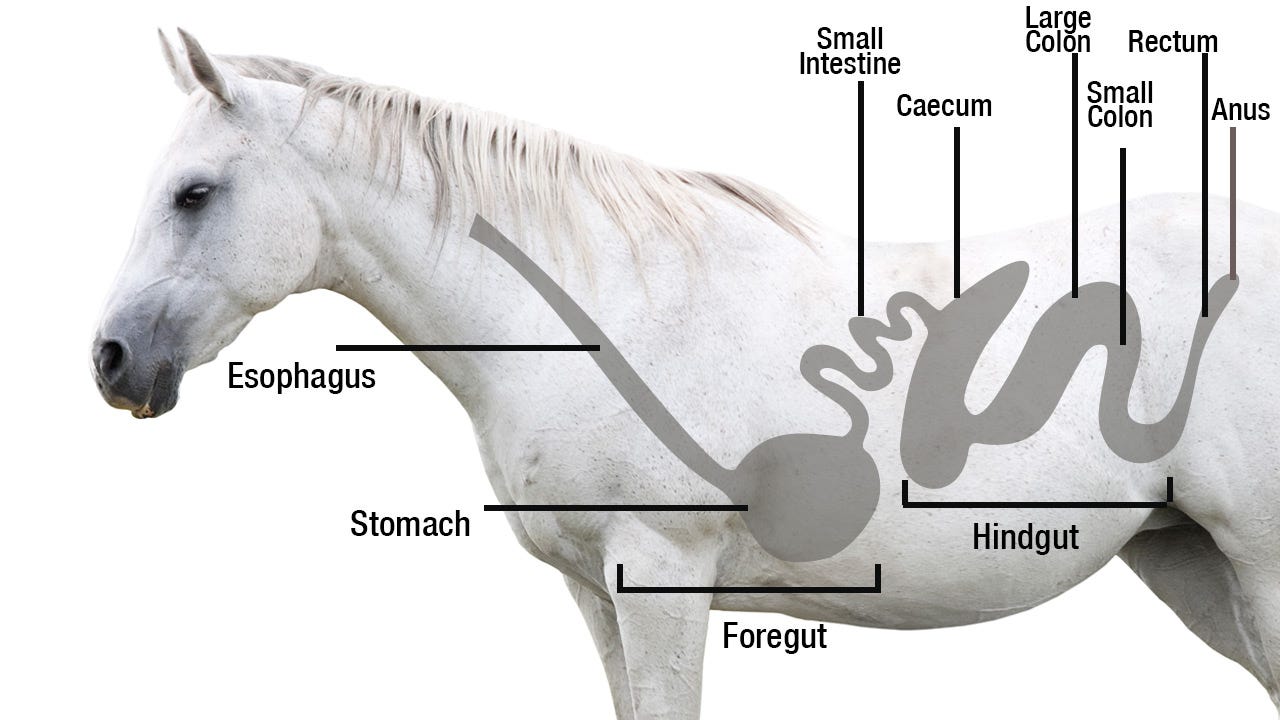
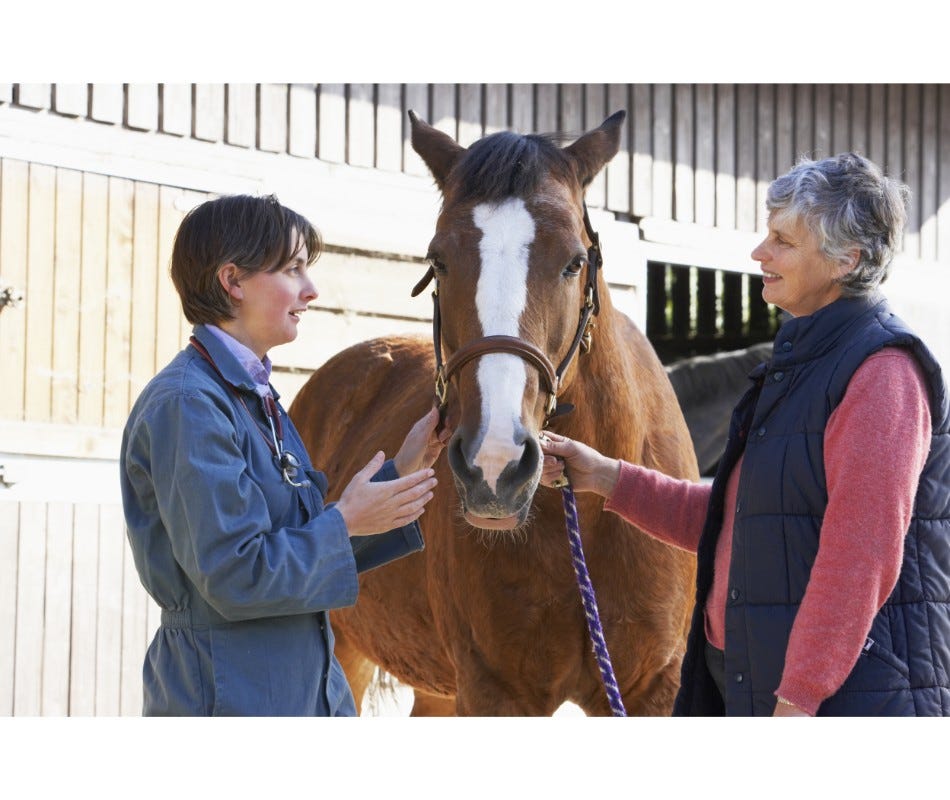
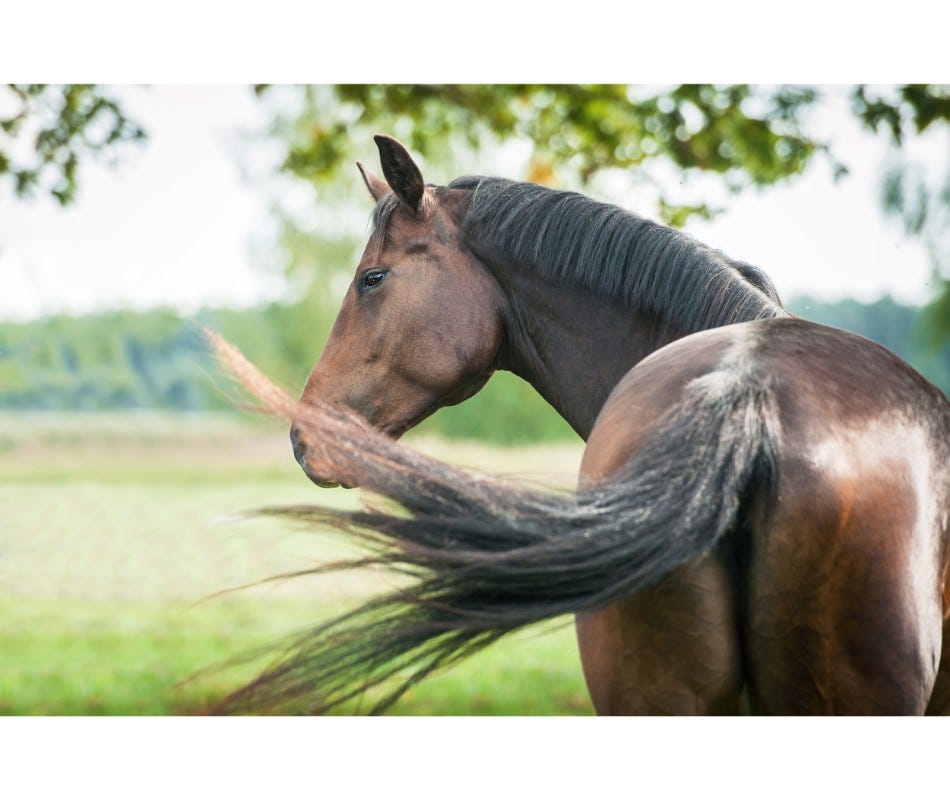
Validate your login